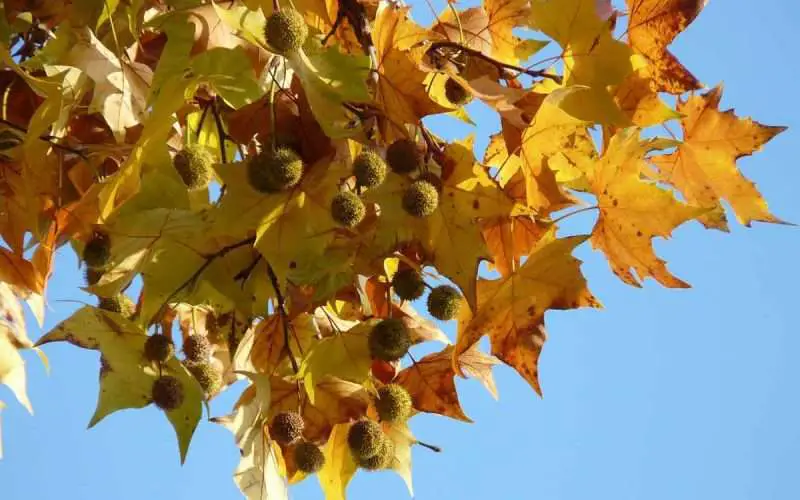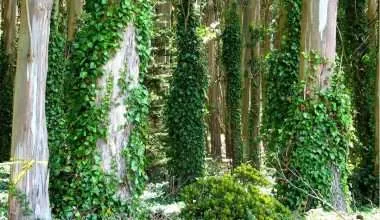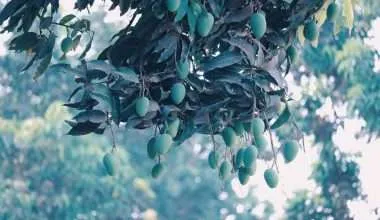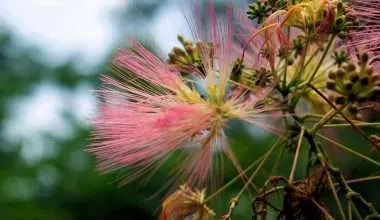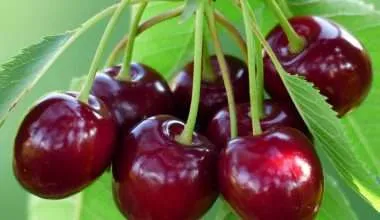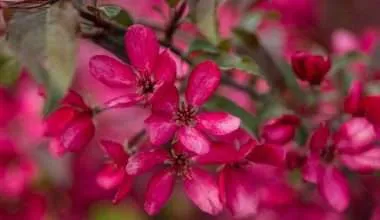Table of Contents Show
Sycamore trees are the focal point of any yard. Their gigantic stature, along with the mottled bark, makes them an appealing tree.
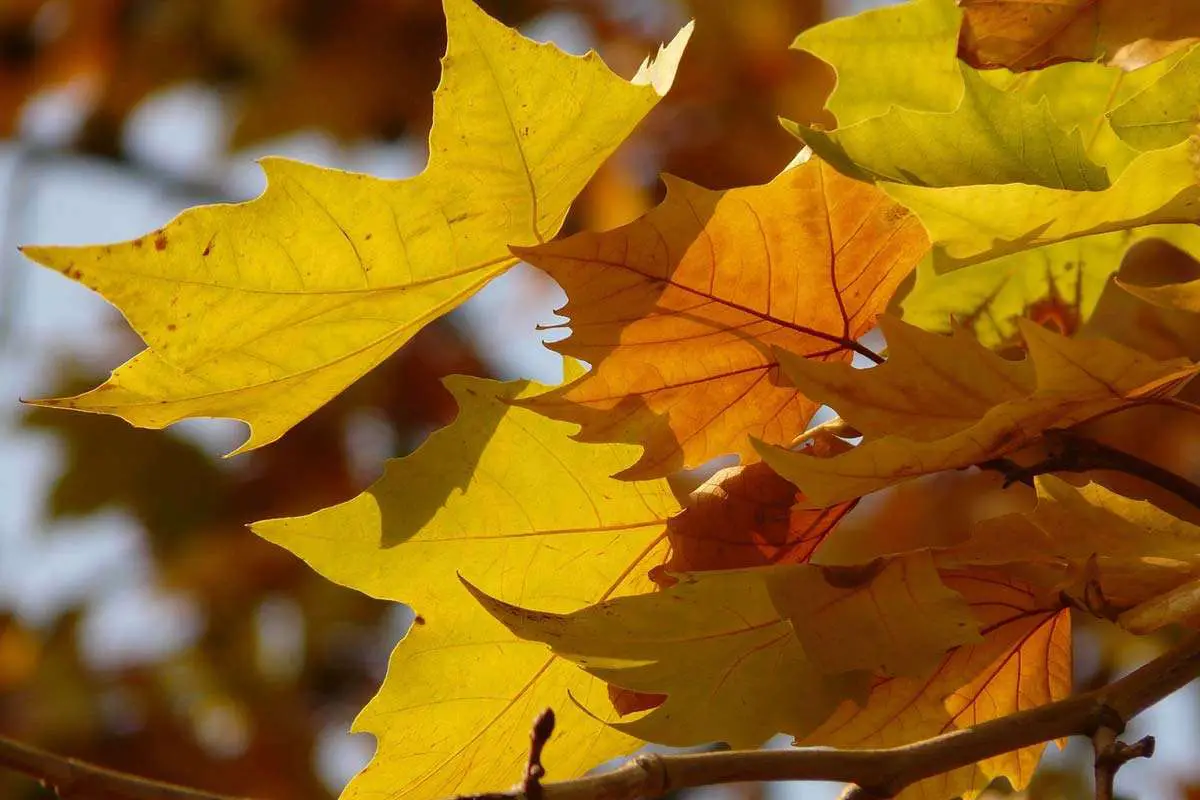
If you’ve an American sycamore tree in your yard, you may wonder what you can and can’t grow under it.
Due to the impressively large stature of sycamores, it’s common practice to plan landscaping under your American sycamore tree.
However, landscaping under an American sycamore tree can often turn into quite a challenge. You have to plan and plot according to the type of flora that will grow in the area.
11 Plants That Shouldn’t be Grown Under a Sycamore
Plants that need full sun, are heavy feeders, or demand a lot of water will not thrive beneath a sycamore tree. In addition to this, certain trees may not grow properly depending on the soil conditions that your sycamore is growing in.
Following is a list of the 11 plants that simply do not grow under a sycamore.
1. Impatiens
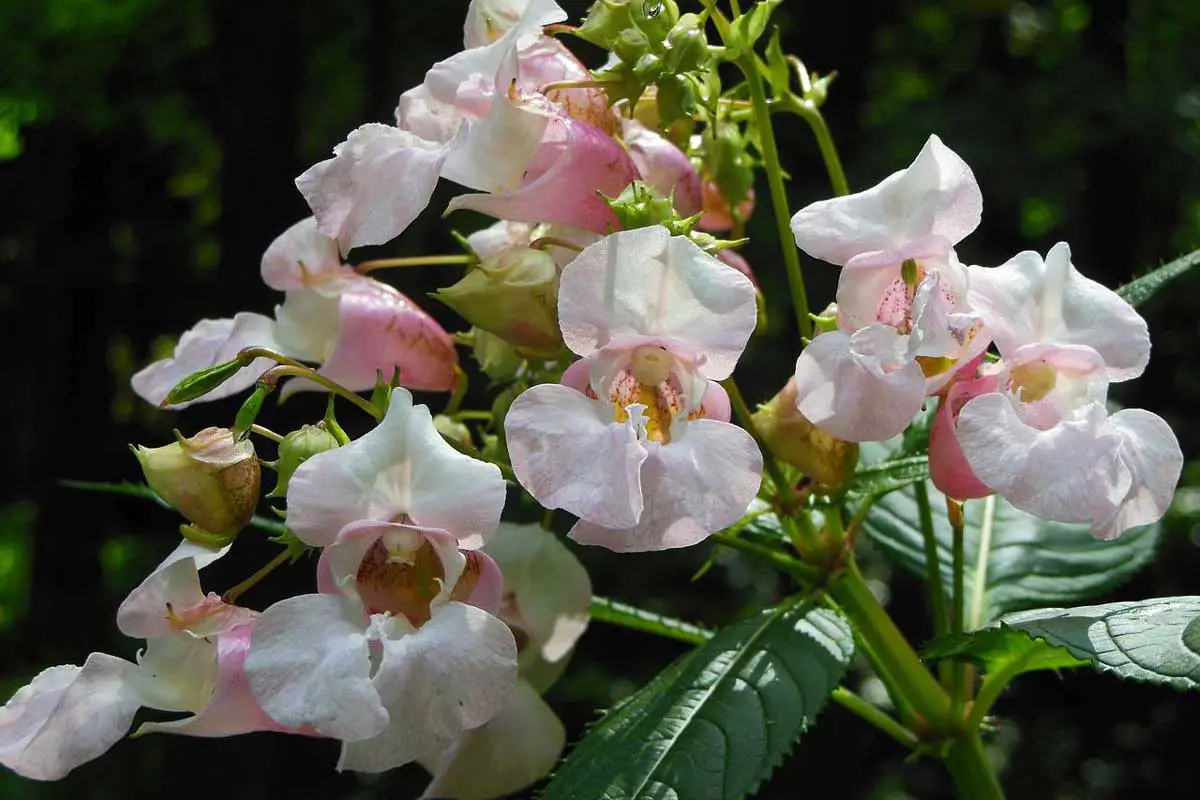
We’ll begin with a flower that may surprise you. Impatiens thrive in the shadow, so why not place them beneath a sycamore tree?
Impatiens tolerate deep shade but suffer in full sun unless they are a full-sun type. These annuals bloom in the spring and have blooms of various hues.
The issue with impatiens is that they wilt fast when challenged by drought. Because they are placed beneath a sycamore tree, the impatiens must compete for water supplies.
If you are prepared to water your impatiens on a regular basis and fertilize them, they may be able to thrive beneath a sycamore tree. They will, however, flourish in a container on the porch or a wet flower bed.
2. English Ivy

English ivy is an evergreen groundcover plant native to Europe. If left unchecked, English ivy may grow up to 90 feet long and cover a lot of territory.
Here is another plant that can withstand the intense shadow provided by a sycamore tree. The issue is that English ivy is invasive and will continue to grow!
The English ivy will creep up the trunk of trees, eventually weighing down smaller branches and blocking sunlight. This may result in more harm to your sycamore tree though.
These vines should not be planted under a sycamore tree unless you are ready to do some significant pruning and clipping back. The English Ivy will have to be regularly pruned in order to maintain both your sycamore tree and the ivy groundcover.
3. Coneflower
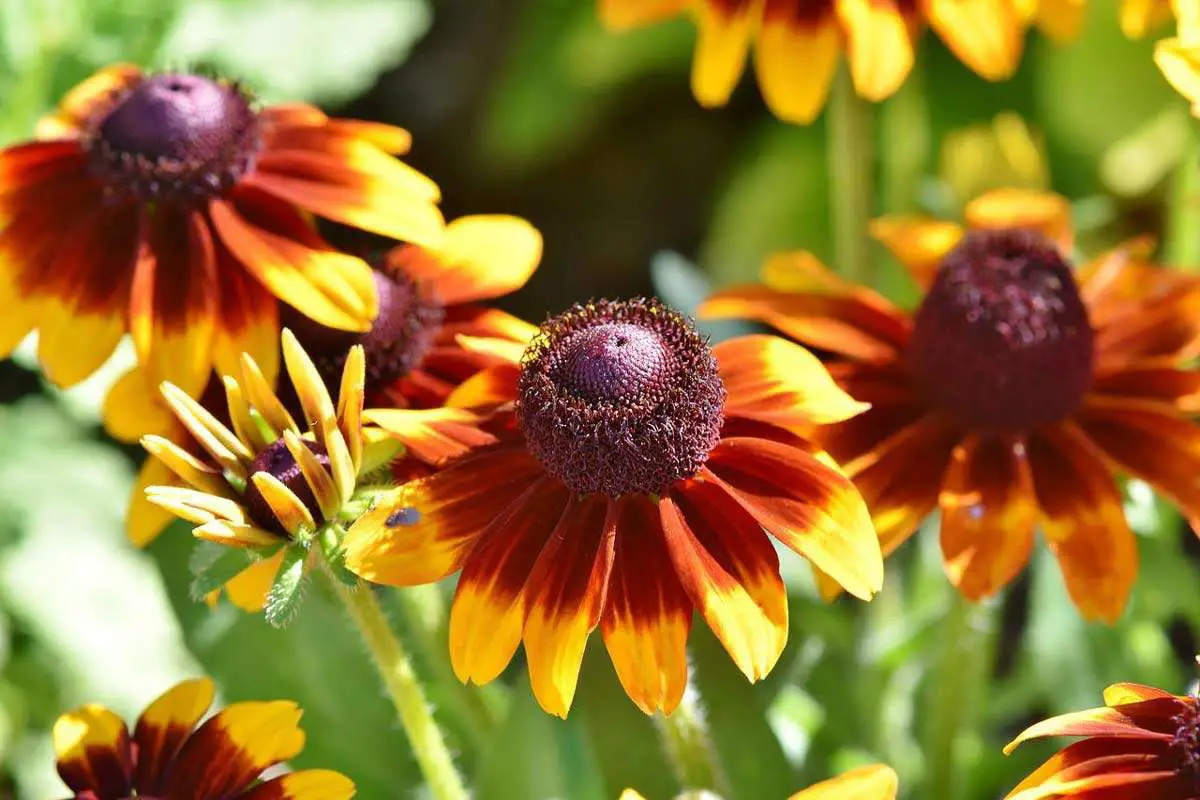
Coneflowers flourish in hardiness zones 3-9, right next to sycamore trees. These herbaceous perennials bloom in the summer and fall, producing daisy-like pink or white blooms.
The coneflowers, which grow between 2 and 5 feet tall, are the ideal size for planting beneath a sycamore tree. They will not, unfortunately, flourish.
The plants, and flowers, prefer full sunlight and suffer in the shadow created by huge sycamore trees. If the blossoms are left on the plant during the winter, they can become invasive and spread quickly.
So if you do wish to landscape under your sycamore tree using coneflowers then you should be ready for high maintenance work.
4. Peonies

When it comes to floral size, peonies are hard to top. They are so massive that they can occasionally topple over from their own weight. Peonies may grow to be around 3 feet tall and bloom in late spring.
However, despite their lovely blossoms and ease of care, peonies won’t grow beneath a sycamore tree. Instead, they’ll thrive in full light and struggle when competing for water and minerals.
Peonies grow best when planted alone or with low-maintenance neighbors that do not compete with resources.
5. Geraniums
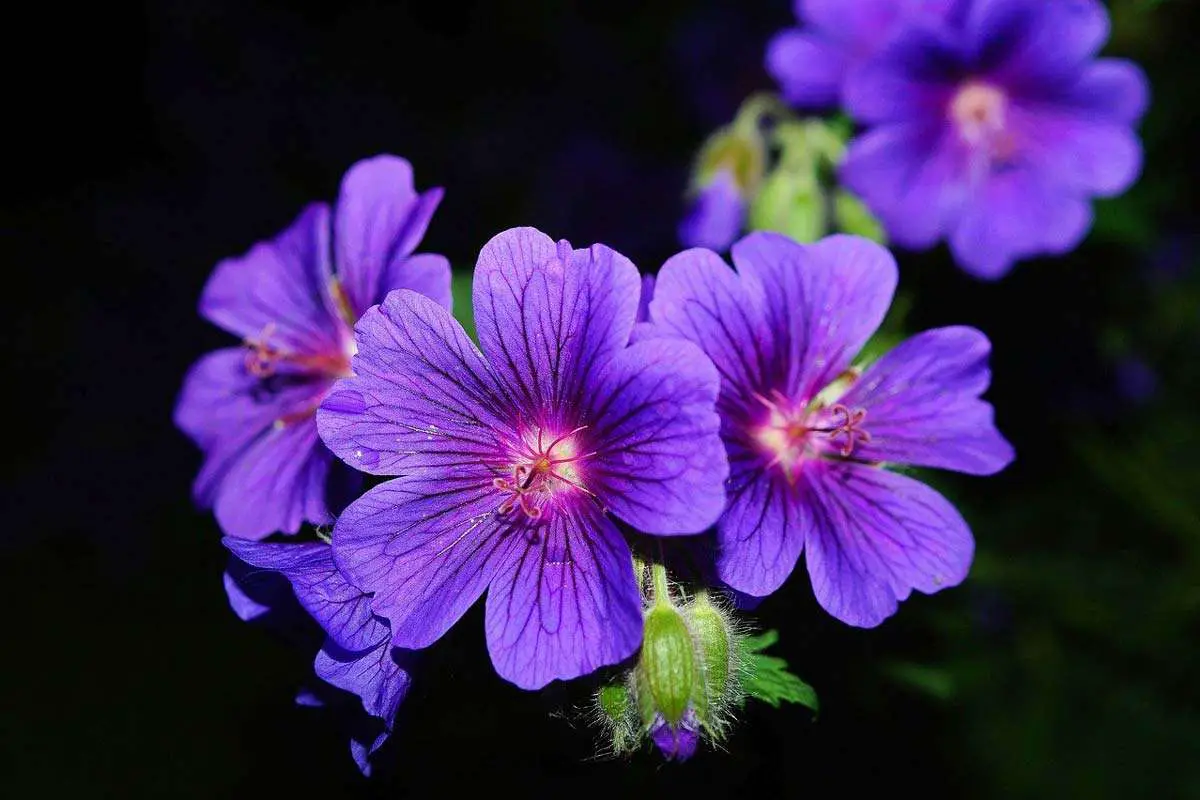
Geraniums are attractive hanging baskets and flower bed flowers. Flowers of various varieties will range from reds and pinks to blues and purples.
These magnificent blooms emerge in early June and last until the first heavy frost. They will grow in a flower bed or container, but will suffer beneath a sycamore tree.
Geraniums prefer full sun, which makes them an unsuitable partner for a sycamore tree. While geraniums that receive a few hours of sunlight each day can survive, they still do not bloom as beautifully.
Therefore, certain geraniums which manage to get 4 to 5 hours of sunlight a day under a sycamore tree will live. However, since that isn’t enough sunlight, they won’t thrive or even bloom fully.
6. Delphiniums

Delphinium flowers are popular among gardeners due to their eye-catching color and form. In the summer, these towering stalks produce bright blues, whites, and purples. The delphinium plant may bloom again in the fall if the blooms are clipped promptly.
Although they’re perennials, delphiniums have a limited lifespan, typically needing to be renewed after just two or three years. Depending on the growth circumstances and hybrid type, they can reach heights of 2 to 6 feet.
We wish delphinium would grow well beneath a sycamore tree, but it just will not. They demand full light and are big feeders, making planting under a sycamore tree challenging.
Delphiniums will do much better in flower beds or hanging baskets. Under a sycamore the challenges are simply too great.
7. Spider Flowers
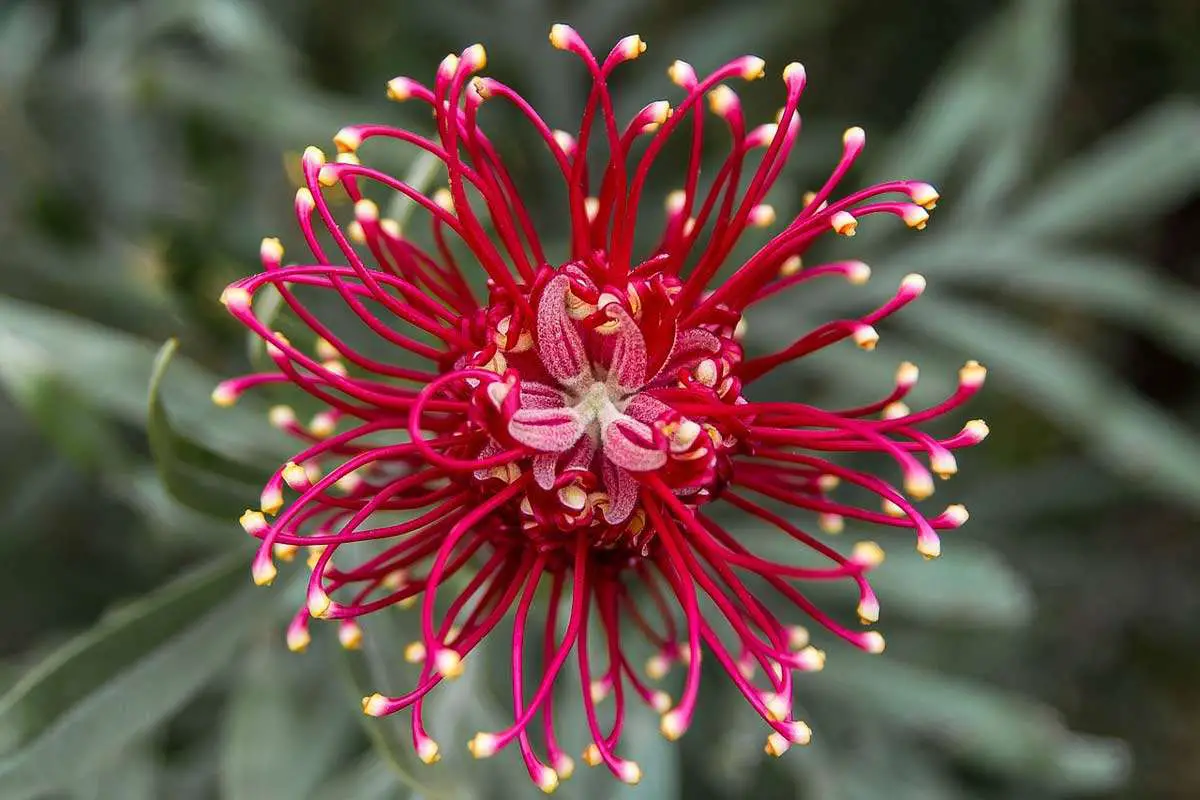
Spider flowers are named because of the long, slender filaments that resemble spider legs. But don’t worry, this flower isn’t as terrifying as actual spiders. The blooms are brightly colored, ranging from white to purple to pink.
The spider blossoms, also known as spider legs or grandfather’s whiskers, bloom in early summer and last until the first frost.
If you want the most blossom for your buck, plant spider flowers in full light. Spider flowers, in addition to their sun requirements, are annuals, making them a high-maintenance plant that must be replanted each year.
They are also spiky and sticky, making them difficult to care for during the growth season because you will need to wear gloves.
The beauty of spider flowers is that they attract a lot of animals. Pollinators include bees, butterflies, beetles, hummingbirds, hummingbird moths, and even bats!
8. Astilbe

Astilbe is a Chinese native with wispy pink, white, or violet blooms and dark green leaves. They are perennials that return year after year.
The astilbe plant has several beneficial properties. They can withstand partial shade, are non-invasive, and their blossoms remain lovely throughout the winter.
It is also simple to care for astibles, since they require little water or attention. They can be as little as 1 foot tall or as tall as 6 feet tall, depending on the kind of subspecies.
So, what makes them unsuitable for planting beneath a sycamore tree?
The sole disadvantage of astilbe is that it feeds heavily. This implies it will fight for nutrients with your sycamore tree.
9. Vinca
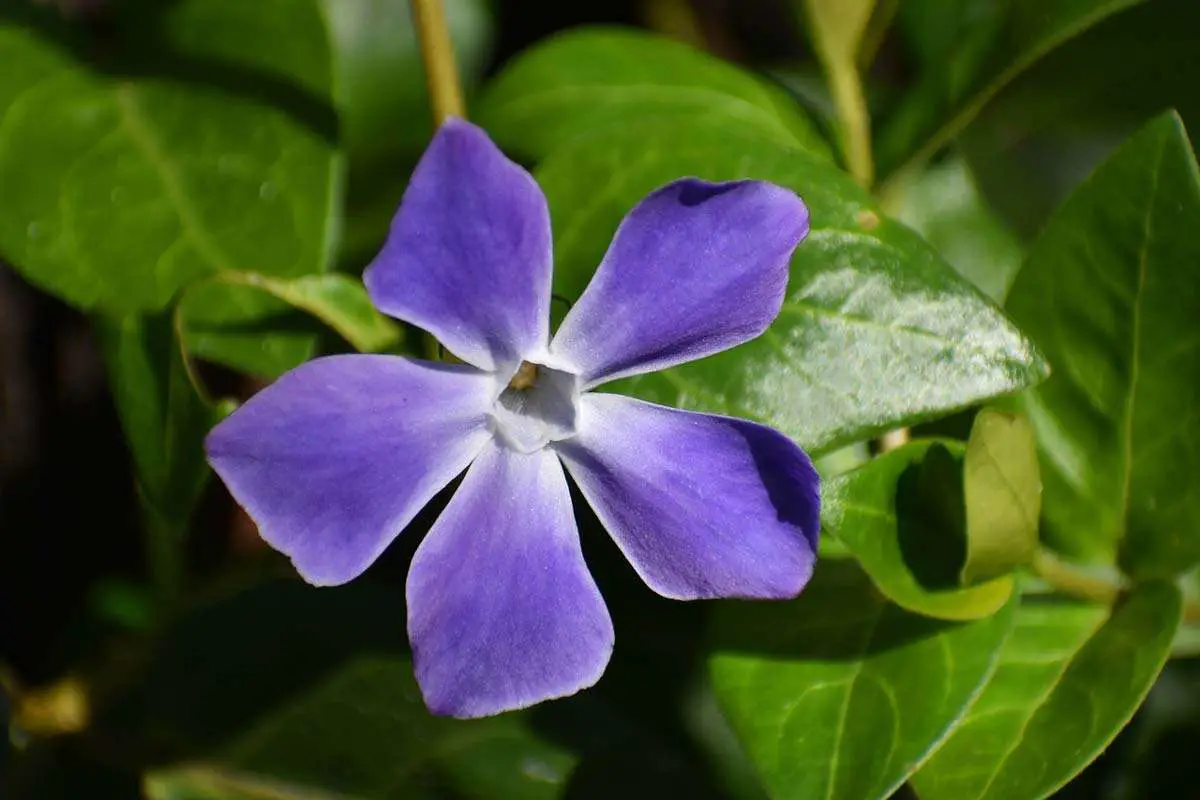
Vinca, often known as periwinkle, has lovely leaves and blooms. The color of the blooms varies according to the cultivar, although they might be red, pink, purple, blue, or yellow.
The plants and blossoms thrive in full sun, preferring at least 8 hours of sunlight every day. The shadow cast by a sycamore tree will be too much for vincas to tolerate.
Another disadvantage of vinca is that it can be invasive. They are a creeping vine that may spread over your flower garden, strangling out other plants if you don’t keep an eye on them and trim when required.
Vincas are low-maintenance plants that thrive in arid circumstances, despite their sun needs and invasiveness. These hardy plants do not require fertilizer and might get lanky if overwatered.
10. Chrysanthemum

Chrysanthemums, popularly known as mums, can be cultivated as perennials, but in areas where sycamore trees abound, they are more usually planted as annuals.
The BEST thing about mums is that they add a splash of color to the landscape when they bloom in the fall. Mums, in contrast to the other plants in the yard, bring vitality and color back to the yard.
They are available in a range of hues, and the flowers attract butterflies. Chrysanthemums bloom from fall through spring when cultivated as a perennial in warmer regions.
These plants won’t thrive beneath a sycamore tree. The vibrant blooms demand full light and are strong feeders that will fight for nutrients with your sycamore.
Annual mums may thrive beneath a sycamore tree for a few weeks in the fall if you just want a nice burst of color. However, they won’t blossom as well and will not return the next year.
11. Lupines
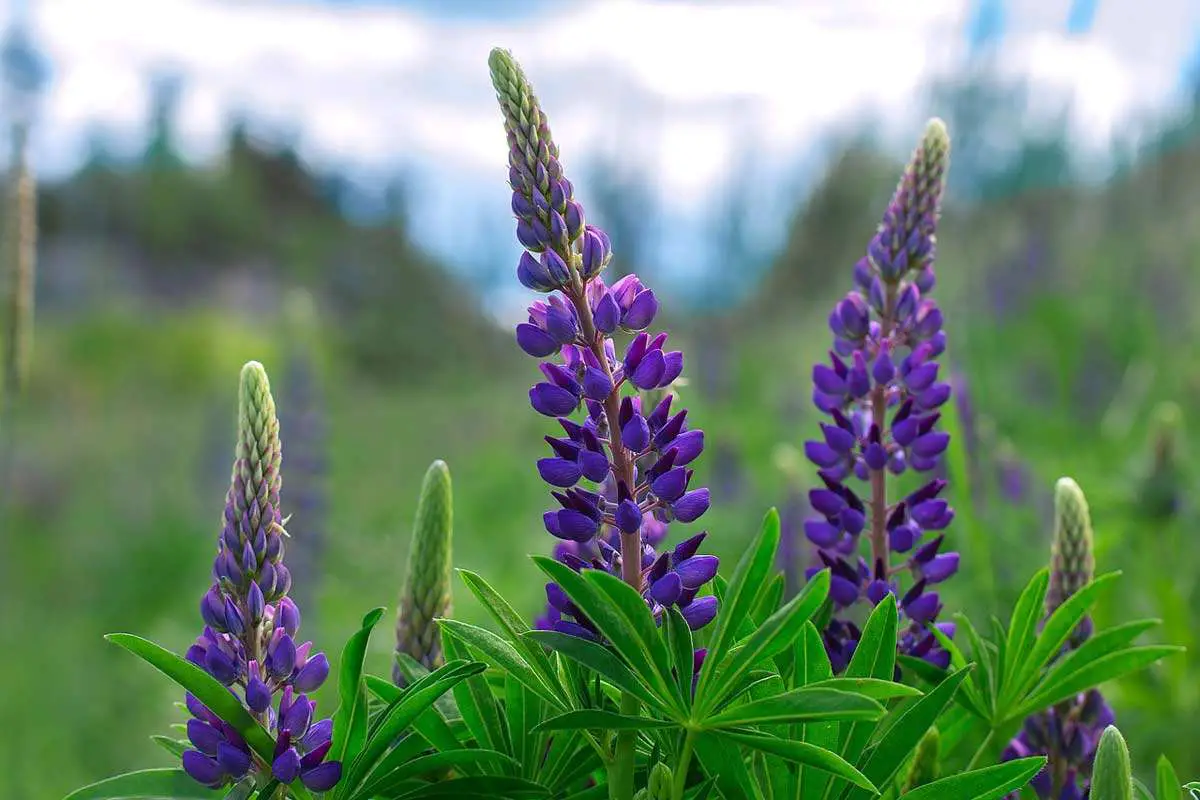
Lupines are wildflowers that produce beautiful flower spires and lovely foliage. They are a lovely addition to any flower garden.
Depending on the cultivar and the environment where they are produced, these amazing plants can be grown as annuals or perennials.
While lupines may thrive in shadow, they prefer full light and will produce more blooms if planted in full sun. Lupines, like most plants, like acidic soil and suffer in alkaline soil.
Because sycamores may thrive in both acidic and alkaline soils, soil PH might be an issue. The lupine plant will struggle to adapt if grown on alkaline soils.
Why You Should Avoid Competitive Plants
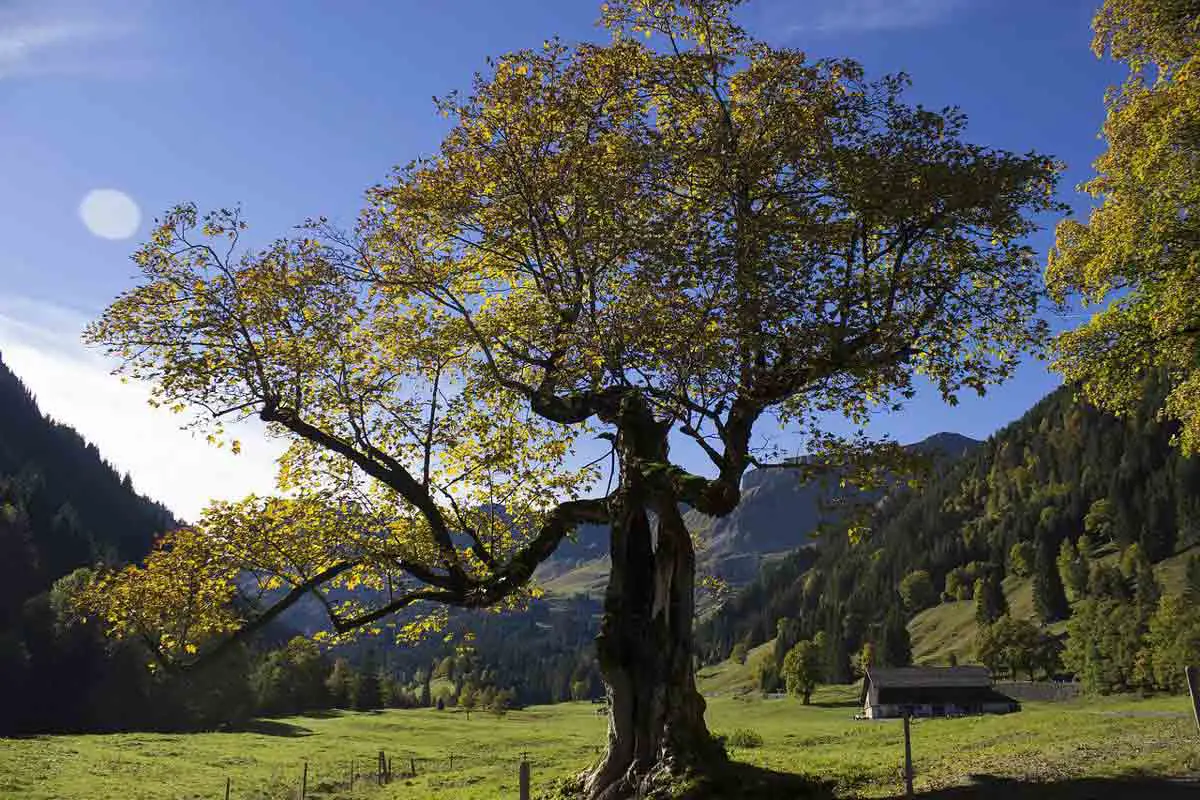
When you plan to actually plant flora under your sycamore tree, you need to be careful about what you plant. This is because not everything will grow well in that particular soil area.
Most plants have a difficult time growing in regions of shade. Then again, you certainly don’t want any of the landscaping plants to compete with your sycamore tree.
The sycamore tree is generally considered the star of any garden… as after all, it should be. It’s difficult for any tree to actually eclipse it’s mighty stature.
Therefore, instead of planting trees that would compete with, and harm, your sycamore, here’s a thought. It would be far better to plant shrubs that would complement, not hurt your sycamore.
This means the landscaping trees you plant under the sycamore tree will have to be non-competitive and tolerant to shade. This poses a great challenge in just selecting what to plant under your great sycamore tree.
Not only does the selection criteria limit most of your landscaping options, but finding something that compliments the sycamore tree is a challenge in itself.
The following article has been compiled with the thought of making this mammoth task a bit easier. This article contains all the essential knowledge that you will need when planning a landscape to suit your sycamore tree. All issues have been kept in mind and the best, available options have been listed.
The Problem With Planting Under a Sycamore Tree
Before getting into what you need to do, it is integral to understand what the problems really are. If something by happenstance does not work out, knowing the problem can often make it easier to solve.
Sycamore trees grow quickly, and they grow quite a bit. Mature sycamore trees may reach heights of 70 to 100 feet and spread just as wide. These older trees have a large bark, towering branches and impressive leaves.
The two most common species in landscaping, according to experts, are the American sycamore and the London planetree (sycamore hybrid). Since the London variant is highly tolerant of pollutants, they are frequently utilised to line streets. These trees are able to grow mighty big branches despite the pollution on the streets.
If you have one of these massive sentinels in your yard, it may be impossible to plant anything beneath it. Planting under a sycamore tree will challenge your patience for several reasons.
1. Sycamore Trees Have a Huge Spread
Sycamore trees are frequently planted in yards to offer shade. They also create a lot of shade due to their wide spread.
Any plant cultivated under a sycamore tree must be shade tolerant. Even plants that thrive in partial shade may suffer if not placed in the proper location beneath a sycamore tree.
2. The Massive Leaves Can be a Massive Problem
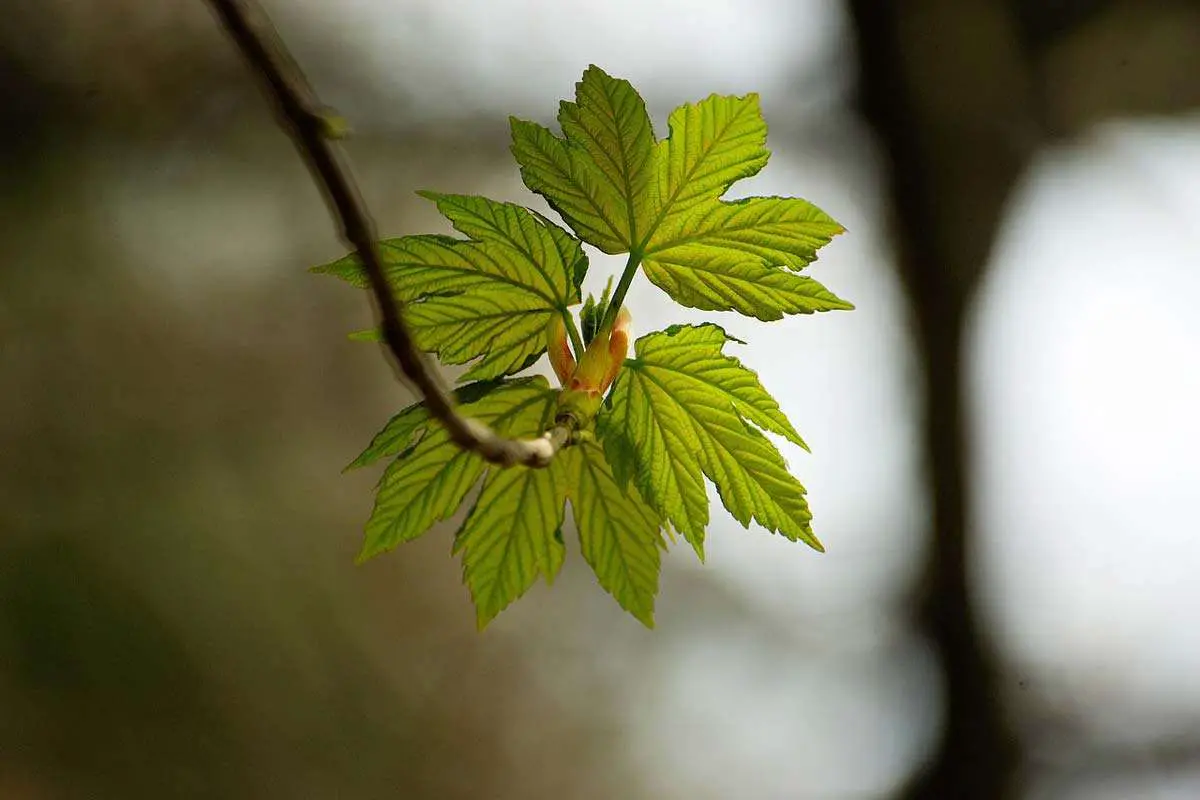
Not only do the sycamore trees have a massive spread, they also have enormous leaves. This means that next to no sunlight actually reaches under the tree. Meaning that rarely will anything planted under the tree receive any sunlight.
The problems with sycamore trees don’t end there. In fact, these huge leaves may end up being 9 inches or more depending on the species of tree. Moreover, the large leaves fall off every year, since the sycamore tree is a deciduous tree.
This seasonal shedding of leaves results in a large blanket of excessively huge leaves under the sycamore tree. The blanket of leaves ends up stopping any small amount of light that reaches under the tree. Moreover, whatever you planted under your sycamore tree will also likely end up being suffocated.
Because of their huge size, the leaves of your sycamore tree decay slowly, perhaps shadowing out the plants beneath it.
As the leaves decay, they release nutrients into the soil, which might benefit certain plants while harming others.
Finally, sycamore leaves are mildly allelopathic, which means they leak chemicals as a defensive strategy against herbivores. These compounds are produced as the leaves break down in the soil and may harm sensitive plants.
When compared to other poisonous substances found in walnut trees, such as juglone, the toxins emitted by sycamore leaves are not as harmful.
3. Sycamores Have Shallow Roots That Promote Competition
Sycamore trees develop quickly, utilizing their spreading root system to absorb as much water and nutrients as possible while establishing themselves.
Because of its shallow root, the sycamore tree will compete with any plants you select to place beneath them for water. This can at times become a hassle especially if you plant anything near the sycamore tree bark.
Plants that demand a lot of nutrients and water will struggle beneath a sycamore tree. They may also take water and nutrients that would otherwise go to the sycamore.
Too much competition can sometimes lead a sycamore tree to atrophy or decay. In these instances, your sycamore may need to be chopped down!
4. Sycamores Can Grow in Non-Ideal Soil Conditions
Sycamore trees are extremely adaptable to a variety of environments. They don’t mind soil texture, PH, or moisture level.
According to studies published, sycamore trees are frequently utilized to recover disturbed places. These may include surface coal mines where soil conditions are poor and even hazardous to other plants.
Due to their adaptability, sycamores may be growing in soil that is unsuitable for some landscaping plants. The PH may be incorrect, the soil texture may be incorrect, or the soil may retain too much moisture.
A soil test can assist you to determine the exact circumstances in which your sycamore tree is flourishing. It can identify the soil type as well as the PH and nutrient levels.
This data can then be further analyzed to produce a list of the plants that you can grow in the soil. Cross checking that with the trees that don’t grow well under sycamore trees can help produce a list of all the plants that will grow under your sycamore tree.
